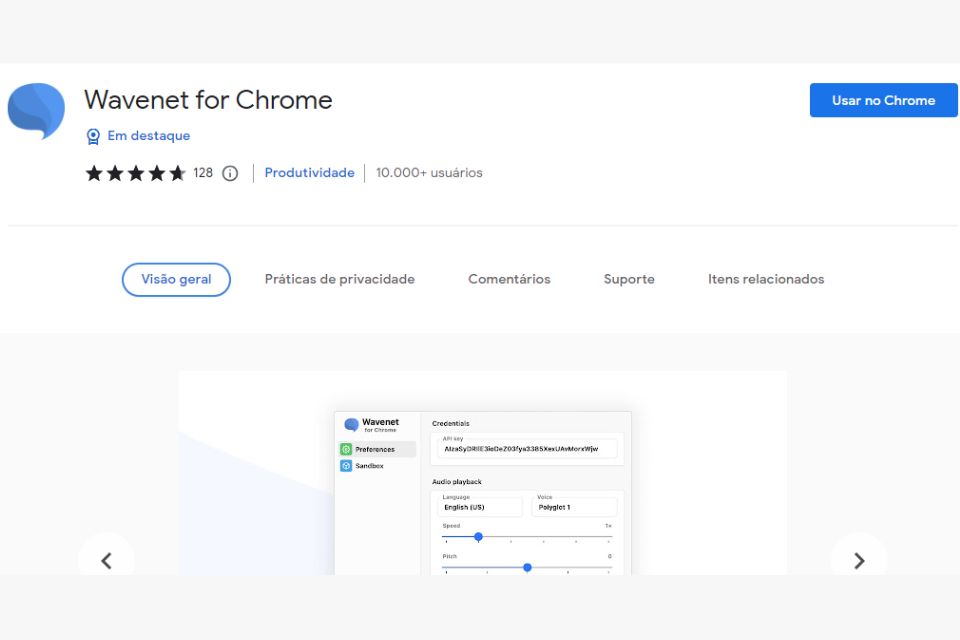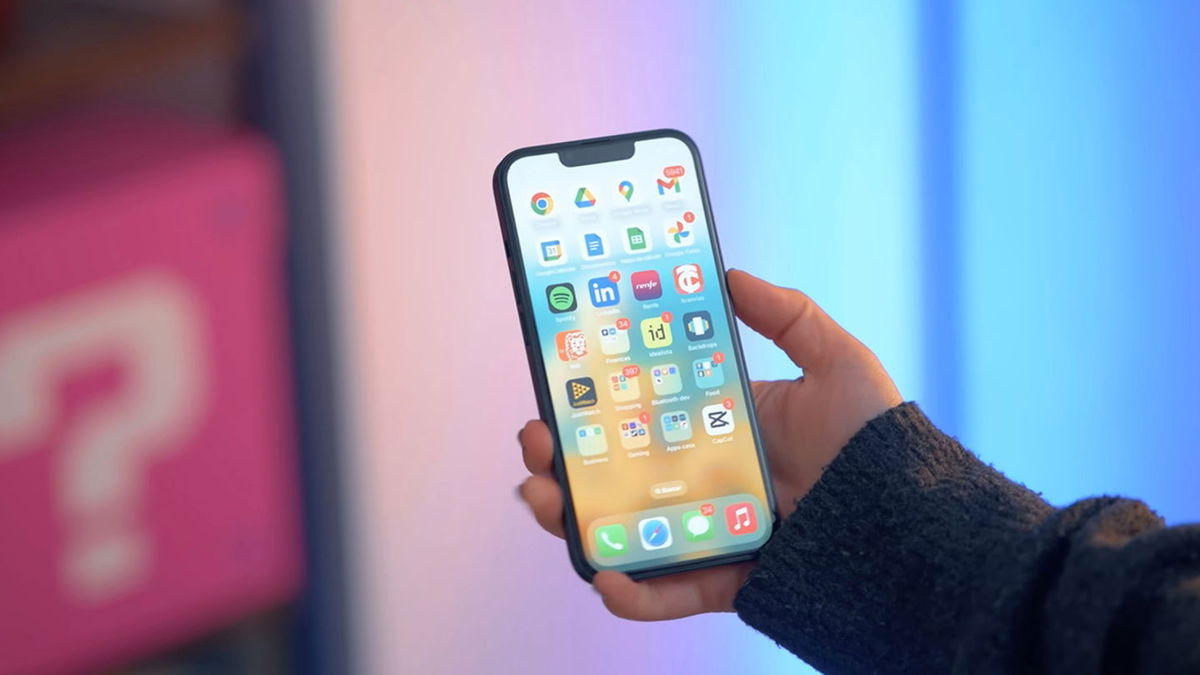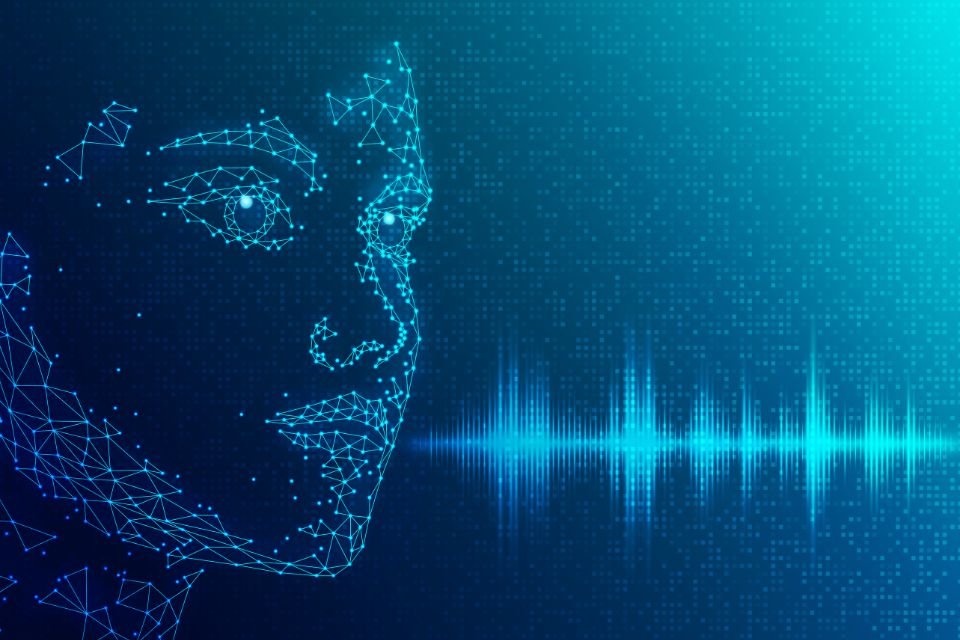Artificial intelligence (AI) continues to amaze us with its evolution, and one of the areas where it has made surprising progress is sound creation! One of the most exciting techniques is known as Deep Sound.It enables artificial intelligence to produce highly realistic human voices.
The artificial intelligence that creates the sound raises a few questions in people’s minds as well as excitement: How is sound produced with artificial intelligence? What is the best audio AI? Are there ethical limits to cloning someone’s voice with AI?
If curiosity took root there, check out our answers about the incredible world of Deep Voice and other technologies that are revolutionizing the way we interact with society!
What is Deep Sound?
Deep Voice is a machine learning model that simulates human speech using a neural network with three or more layers to convert text to speech or transform an existing voice into a new voice with different characteristics such as timbre, intonation and velocity.
The basis of this system is called Deep Learning, a subset of machine learning aimed at simulating the behavior of the human brain As disclosed by International Business Machines Corporation (IBM).
This technology is present in many products and services in our daily lives, such as digital assistants, voice-activated remote controls, and credit card fraud detection, in addition to emerging technologies such as autonomous cars.
How is sound produced with artificial intelligence?
Sound production through artificial intelligence is a rapidly growing area of research. The goal is to create synthetic sounds that sound as natural as human voices, providing a more immersive and realistic experience for listeners.
The AI sound creation process usually involves two main steps:
1) Training with data
For AI to learn to produce realistic sounds, needs to be fed a large set of audio data. This data may include recordings of human voices, speech, speech, and other sound samples.
The larger and more diverse the dataset, the more capable the AI will be at producing unique sounds.
2) Machine learning models
Based on training data, AI uses machine learning algorithms such as neural networks to create models that can map phonetic symbols and learn patterns and nuances of human voices.
So these models can produce sound sequences that are similar to the sound we want to produce, whether you’re imitating someone or creating a new sound.
The same process goes for changing your voice. AI has the ability to transform synthetic voice into different tones and styles such as male, female, children’s voices and even the voices of celebrities.
This flexibility makes it a powerful tool for applications in a variety of fields such as entertainment, dubbing, voiceover and more.
What is the best audio AI?
It’s important to note that the definition of “best audio AI” can vary. depending on user needs and evaluation criteria, after all, each has its own characteristics and levels of realism. Some of the best sounding AIs currently available include:
WaveNet
WaveNet, created by DeepMind, is one of the first speech AIs to use the synthesis technique based on sound samples. This provides more realistic sound reproduction and greater control over speech characteristics.

Murf.AI
Murf.AI offers audio editing features in different languages and its interface simplifies the audio editing process. adjust the pitch, speed and timbre of sounds. The tool has a free plan, but for those who want to use all available functions, it is necessary to subscribe to the plan, which is charged in dollars.
to speak
Speechify is an artificial intelligence that converts text into high-quality audio. You can even switch between different voices and accents to customize your online creativity. Available on website and app for Android and iOS devices.
play.ht
Play.ht is another text-to-speech tool with adjustment features to shape pronunciations to your liking. For now, the site only provides audio in English. There is a free plan and a premium subscription starting at $39.
phalatron
The Falatron website uses artificial intelligence to synthesize sounds based on Nvidia’s Tacotron-2 technology and Brazilian Portuguese adaptations under the pseudonym Cris140. Falatron’s trained voice models make it possible to convert texts of up to 300 characters into limited voice in 5 seconds.
Feelings conveyed by the voice “|” It is still possible to define by adding after the statement typed in the shipping field. There are many voice options, from Mickey Mouse to celebrities like Faustão and Silvio Santos.
VALL-E
VALL-E is still in the research phase, but already offers a different approach to the sound cloning process due to its high level of customization and expressive power.
Introduced in early 2023, the Microsoft tool can simulate a pitch of sound with just 3 seconds of sound. In addition, the vehicle brought a remarkable innovation! Just enter some text and choose the emotion that needs to be reproduced in the cloned tone: anger, joy, lethargy, neutrality, etc.
Is it possible to clone audio?
Yes, with technological advances in artificial intelligence, voice cloning is becoming an increasingly accessible reality. Overall, the applied technique can map the unique features of a person’s voice and create a highly accurate synthetic copy.
This technology has applications in dubbing, movie dubbing, personalized voice assistants, and even protecting the voice of people with diseases that can affect their vocal cords.
What are the dangers of AI voice cloning?
Voice cloning by artificial intelligence benefits global communication in a variety of industries, such as simultaneous interpretation with original speaker-like resonances, entertainment or helping people with disabilities.
But, its abuse can lead to refined blows and still serve as another one. source for the dissemination of “fake news” for example, by misrepresenting political speeches and associating sensational speeches with celebrities.
The risks that legal experts have predicted so far, such as voice ID forgery and copyright disputes, can be avoided.
More regulation around the world is urgently needed, and the promotion of awareness campaigns should also be on the public and private investment front to ensure that these advanced technologies are used ethically and responsibly.
Source: Tec Mundo
I am a passionate and hardworking journalist with an eye for detail. I specialize in the field of news reporting, and have been writing for Gadget Onus, a renowned online news site, since 2019. As the author of their Hot News section, I’m proud to be at the forefront of today’s headlines and current affairs.










